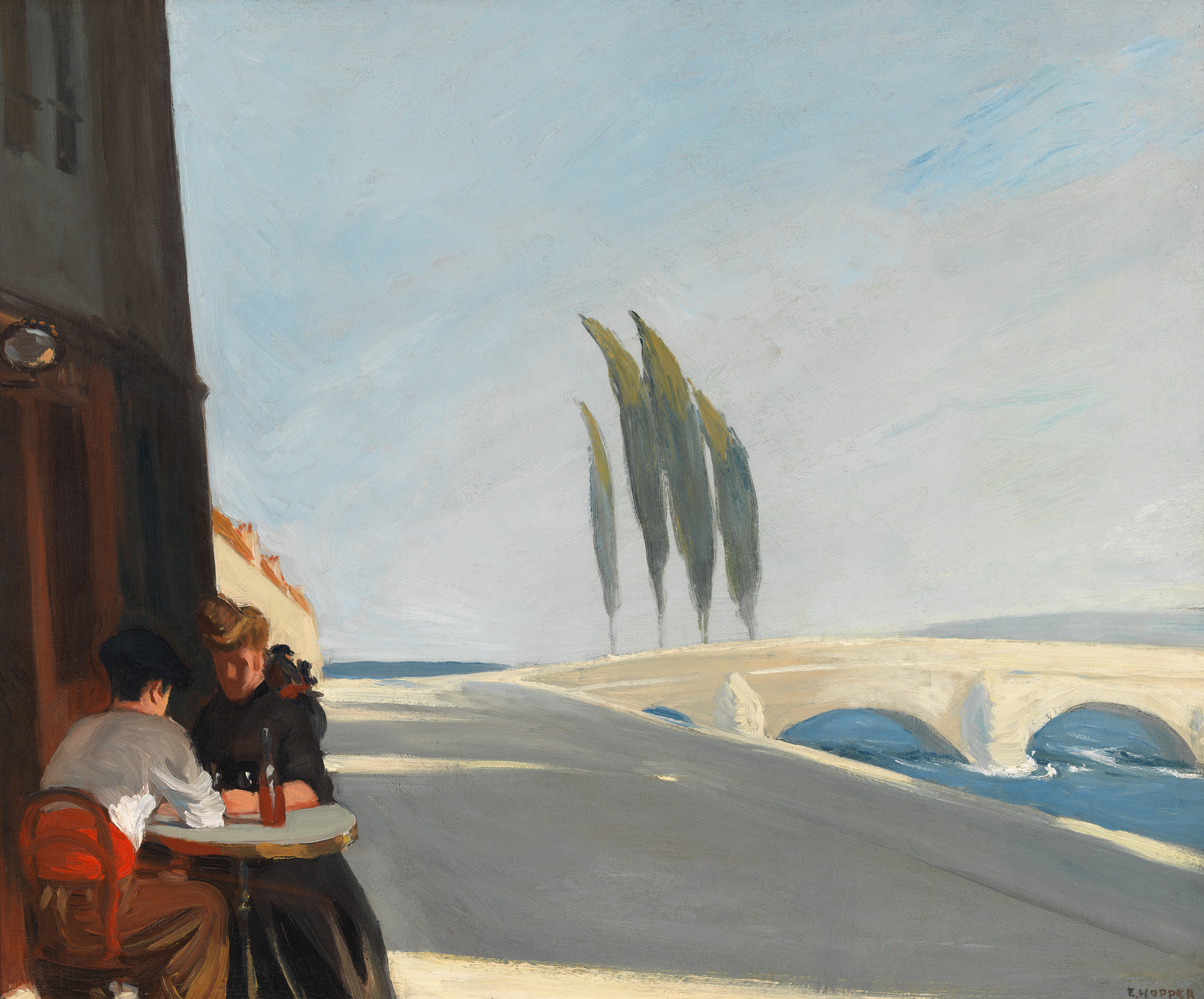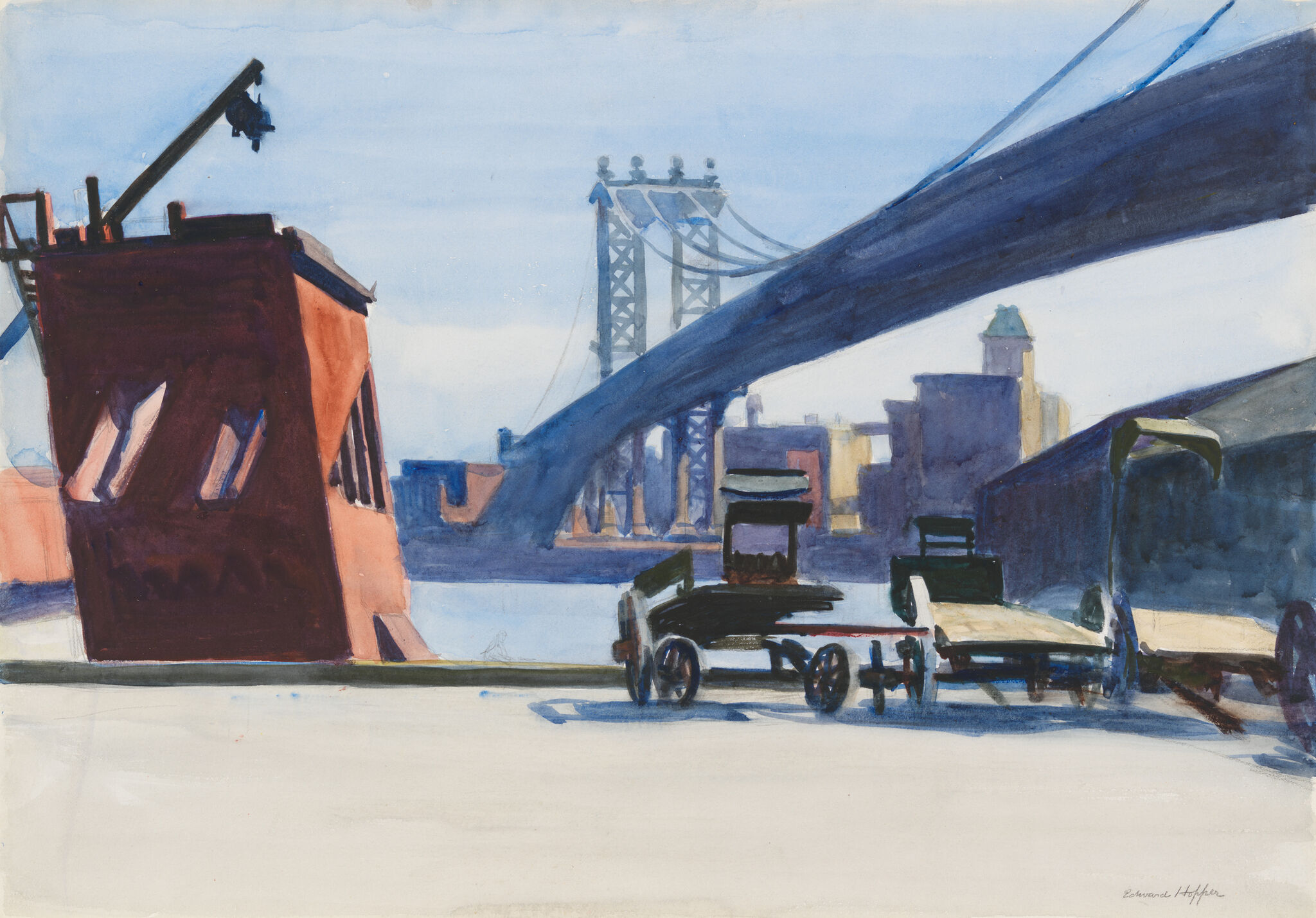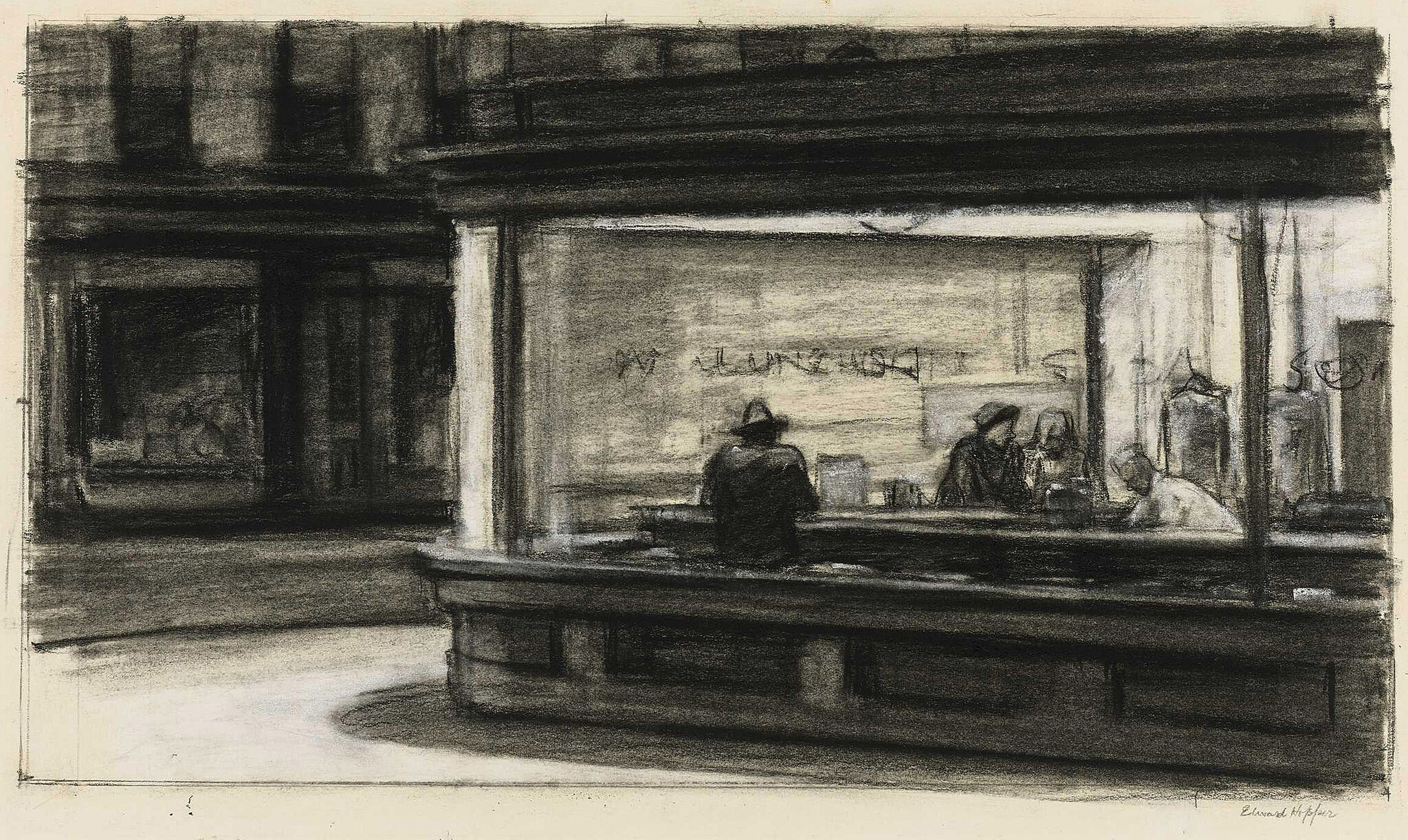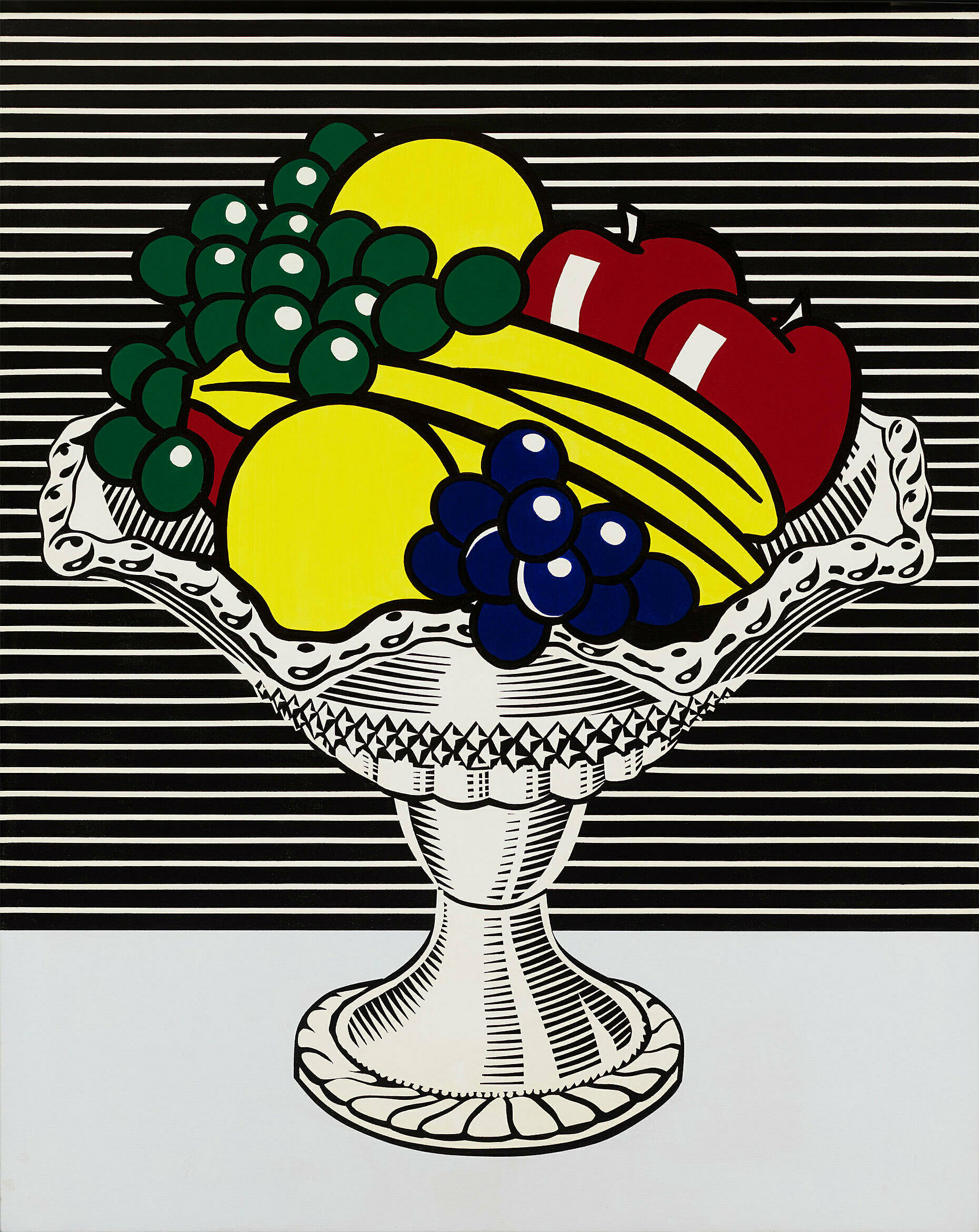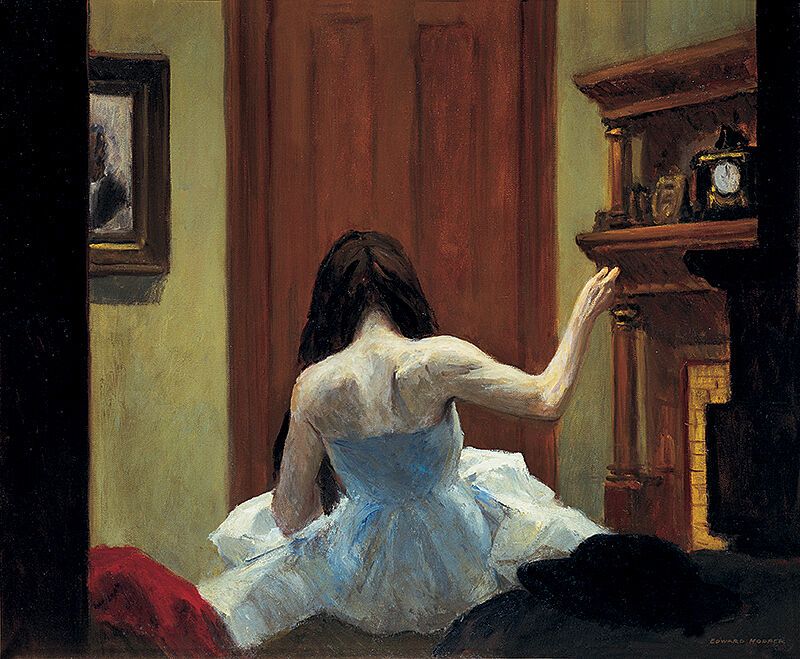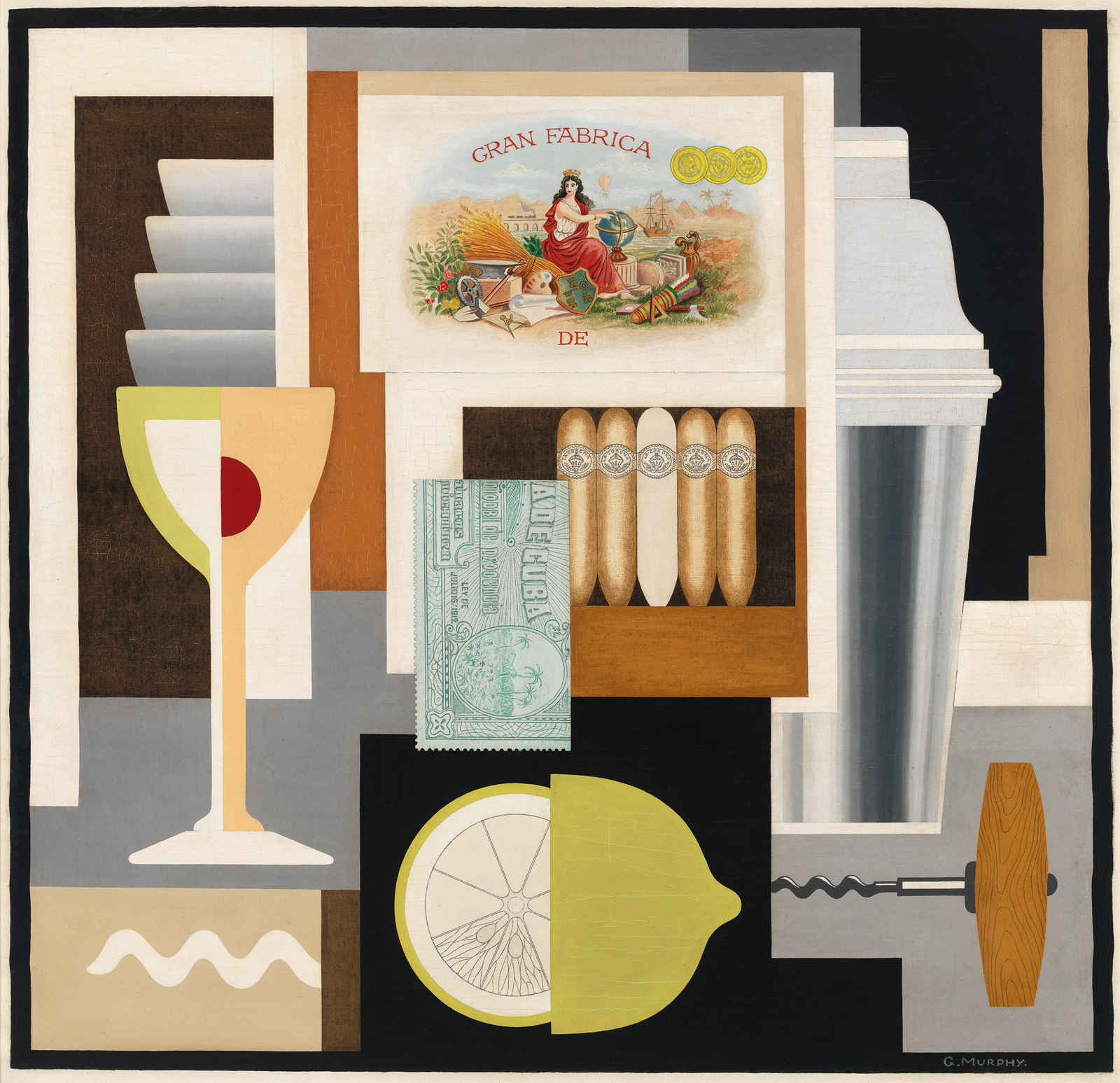Adam Weinberg: Dr. Rick Brettell is a professor of Aesthetic Studies at the University of Texas, a noted Impressionist scholar and has written extensively about Hopper in Paris.
Rick Brettell: When Hopper painted Paris, he painted a city that was almost completely devoid of people. One sees like tiny people rushing across the Pont des Arts or on a distance bridge, or very far away in the suburbs. But there is a sense in which the city is almost a kind of empty stage set, waiting to be populated by others.
Adam Weinberg: By 1910, Hopper had left Paris and returned twice, staying once for a full year. Hopper was shy, uneasy in French, and likely spent a lot of time alone.
Rick Brettell: And I think it's pretty clear when you look at the paintings and drawings and watercolors that he made on those three trips to France that he actually became an American artist in France, and that it was this kind of alienating life of an American, a Protestant American, who's spoken French wasn't great, in this extraordinarily glittering capital city, that created the kind of, sort of sense of alienation and detachment and emptiness that is so much a part of Hopper's aesthetic until his death in the 1960s.

